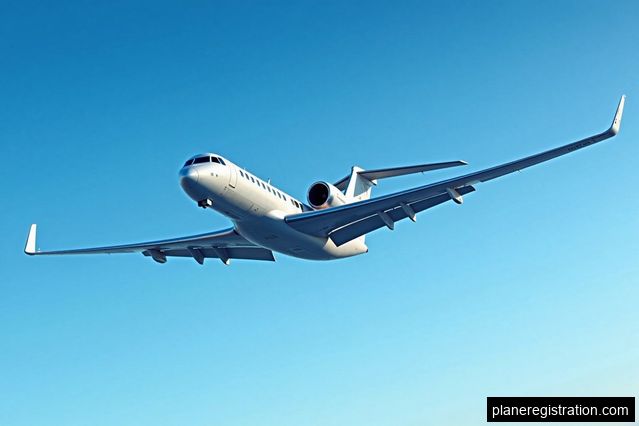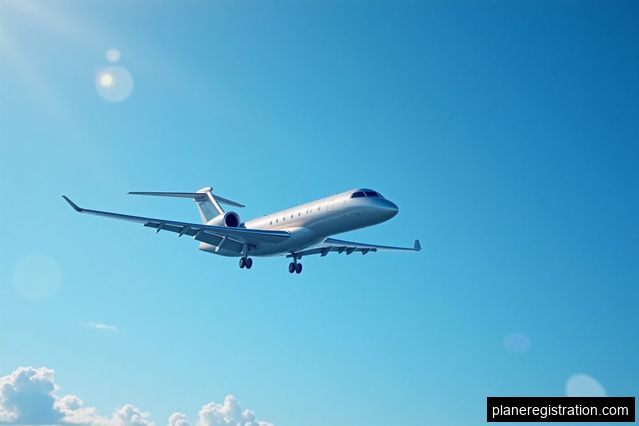Understanding Regulatory Compliance
Regulatory compliance is a critical aspect of aircraft operations. It involves adhering to specific regulations and guidelines set forth by aviation authorities to ensure safety, security, and operational efficiency. Failure to comply with these regulations can result in penalties, grounding of aircraft, and damage to the reputation of the operator. It is crucial for aircraft owners, operators, and pilots to have a comprehensive understanding of regulatory compliance and take necessary measures to meet the requirements.
Certification and Licensing
One of the key aspects of regulatory compliance is obtaining the necessary certifications and licenses. Depending on the type and purpose of the aircraft, different certifications and licenses may be required. These include airworthiness certificates, operating certificates, pilot licenses, and maintenance certifications. It is essential to research and understand the specific requirements for your aircraft and ensure that all certifications and licenses are up to date.
Safety Management Systems
Implementing a robust Safety Management System (SMS) is crucial for maintaining regulatory compliance. An SMS is a systematic approach to managing safety risks and ensuring continuous improvement in safety performance. It involves identifying hazards, assessing risks, implementing control measures, and monitoring safety performance. By implementing an SMS, aircraft operators can demonstrate their commitment to safety and meet regulatory requirements.
Maintenance and Inspections
Regular maintenance and inspections are essential to ensure the airworthiness of aircraft and comply with regulatory requirements. Compliance with maintenance schedules, inspections, and record-keeping is necessary to demonstrate that the aircraft is in a safe and compliant condition. It is important to follow manufacturer recommendations, regulatory guidelines, and industry best practices to ensure that maintenance and inspections are conducted effectively.
Security Measures
Security is another critical aspect of regulatory compliance for aircraft. Aviation authorities have established security regulations to protect against threats such as terrorism, hijacking, and sabotage. Implementing security measures such as access control, background checks, cargo screening, and passenger screening is necessary to comply with these regulations. It is important for aircraft operators to stay updated on the latest security requirements and implement appropriate measures to ensure the safety and security of their operations.
Training and Education
Ensuring that all personnel involved in aircraft operations receive proper training and education is essential for regulatory compliance. Pilots, maintenance technicians, ground crew, and other staff members should be trained on relevant regulations, procedures, and safety protocols. Ongoing training and education programs help to maintain a high level of competence and ensure that all personnel are aware of their responsibilities in complying with regulations.








